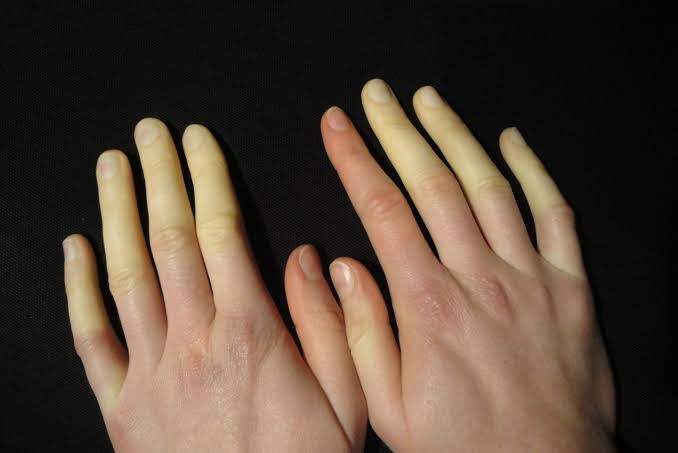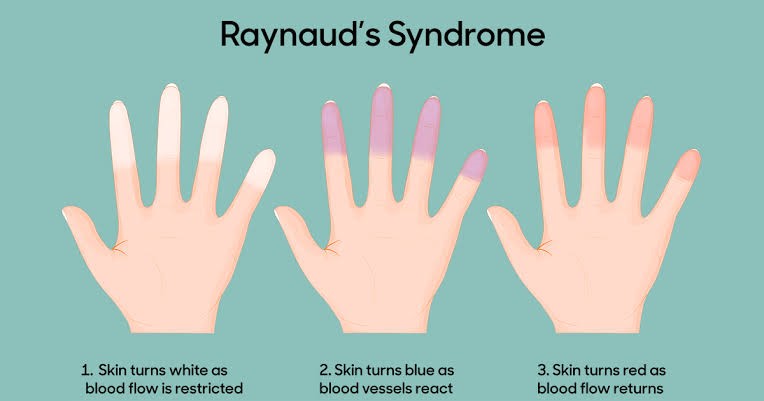Free Courses Sale ends Soon, Get It Now


Free Courses Sale ends Soon, Get It Now



Disclaimer: Copyright infringement not intended.
Context: The genetic causes of Raynaud’s phenomenon have been probed by researchers at Queen Mary University of London’s Precision Healthcare Research Institute (PHURI) and Charité – Universitätsmedizin Berlin’s Berlin Institute of Health (BIH).
Findings of the research
The researchers discovered variations in two genes that predisposed participants to
Raynaud’s phenomenon:
Alpha-2A-adrenergic receptor for adrenaline, ADRA2A
Transcription factor IRX1
Raynaud’s phenomenon (RP)
Symptoms

Prevalence
Issues with Raynaud’s phenomenon
Way ahead
|
PRACTICE QUESTION Q. Consider the following statements about Raynaud’s phenomenon (RP)
How many of the above statements are correct?
Ans: D |
https://www.aninews.in/news/health/study-finds-genetic-causes-of-raynauds-phenomenon20230804211801/
© 2024 iasgyan. All right reserved